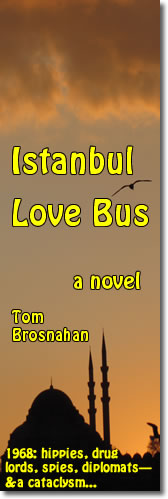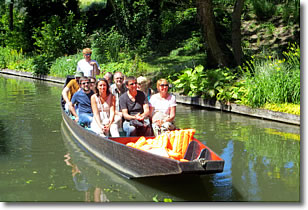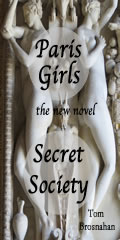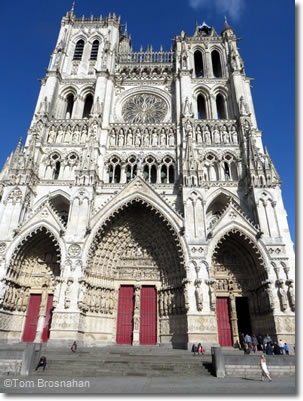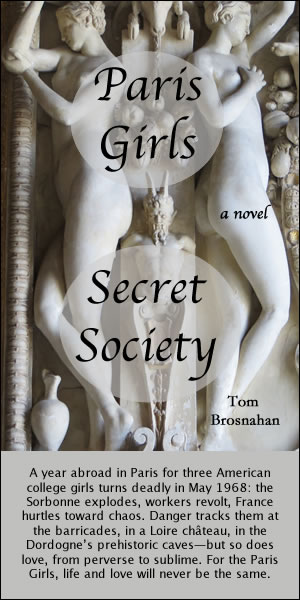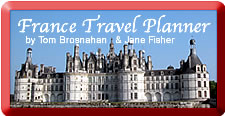 |
Northern France Guide | |
| From Calais, Dunkirk, Lille and Amiens through Reims & Champagne country to Alsace and Strasbourg, Northern France offers scenic beauty, famous wines, distinctive cuisine, and sobering World War history. | ||
|
|
|
Northern France, from Calais to Metz and beyond, is known for its fertile countryside, its deep history linked to neighboring Belgium, Germany, Luxembourg and the United Kingdom, its Champagne vineyards and wineries, and numerous World War I battlefields and memorials. Officially, it is composed of the région of Hauts-de-France (formerly Nord-Pas-de-Calais-Picardie), which hold the départements of Nord, Pas-de-Calais, Somme, Oise, and Aisne; and the région of Grand Est, which encompasses the départements of Alsace, Champagne, Ardenne, and Lorraine. World War IThe region was busy with commemorations recently as the 100th anniversary of great World War I battles, triumphs and tragedies passed. When you visit these monuments to courage and folly, you cannot help but be affected. From the busy ports of Calais and Dunkirk in the northwest, through the old cities of Amiens, Arras, Reims, Metz and Nancy to Strasbourg and Colmarin the east, the north benefits from less crowding in its visitor attractions. CalaisCalais is the closest French city to the United Kingdom: the white cliffs of Dover are just 34 km (21 miles) across the English Channel La Manche), easily visible on a clear day (map). Calais and Dover thrive on the ferryboat services that connect them as does the Channel Tunnel ("Chunnel"), which emerges from underground in Calais to send its Eurostar high-speed trains to Lille, Paris and Brussels. Among the things to see and do in Calais (in addition to the Port) are several museums, the beautiful Hôtel de Ville, Rodin's statue of the Burghers of Calais, lovely golden sand beaches, and a variety of parks, monuments, and plazas. More... DunkirkDunkirk (Dunkerque in French), France's fourth-largest port, is famous for a military defeat that may be looked upon as a victory: the evacuation of 330,000 British and Allied troops from destruction by Nazi forces in June 1940. While commemorating the past, modern Dunkirk favors its fine beaches, its contemporary art museums, ferries to Dover, England, and its pleasant maritime atmosphere. More... LilleFourth largest metropolitan region in France, greater Lille stretches across the border into Belgium. A historic metropolis, Lille is foremost a modern commercial, industrial, and university city and an important crossroads of highways and railways, with an active river port. More... AmiensAmiens, 120 km (75 miles) north of Paris (map), straddles the banks of the River Somme, which has shaped its history. The fertile valley of this and the River Selle gave Amiens water for canals and power for textile mills in the Middle Ages; formed a military barrier to invasion from the north; and allowed the development of the wonderful Hortillonnages floating gardens.
The ancient city also boasts the largest 13th-century Gothic cathedral in France and, matching it, the largest Christmas market. Jules Verne called Amiens home for decades and even served on the city council for 15 years. More... Saint-QuentinFounded as a Roman town, named for an early Christian martyr buried here, Saint-Quentin can be a good stop on a tour of northern France, with its grand basilica and its Art Deco commercial and residential architecture. More... LaonNearby Laon (about 50 kilometers/31 miles southeast of Saint-Quentin), capital of the département of Aisne, is a hilltop medieval city of narrow streets and buildings. Its early Gothic cathedral, Notre-Dame, is large and beautiful. More... Château-Thierry &
|
|
Cathédrale de Notre-Dame d'Amiens,
the
largest 13th-century cathedral in France.
